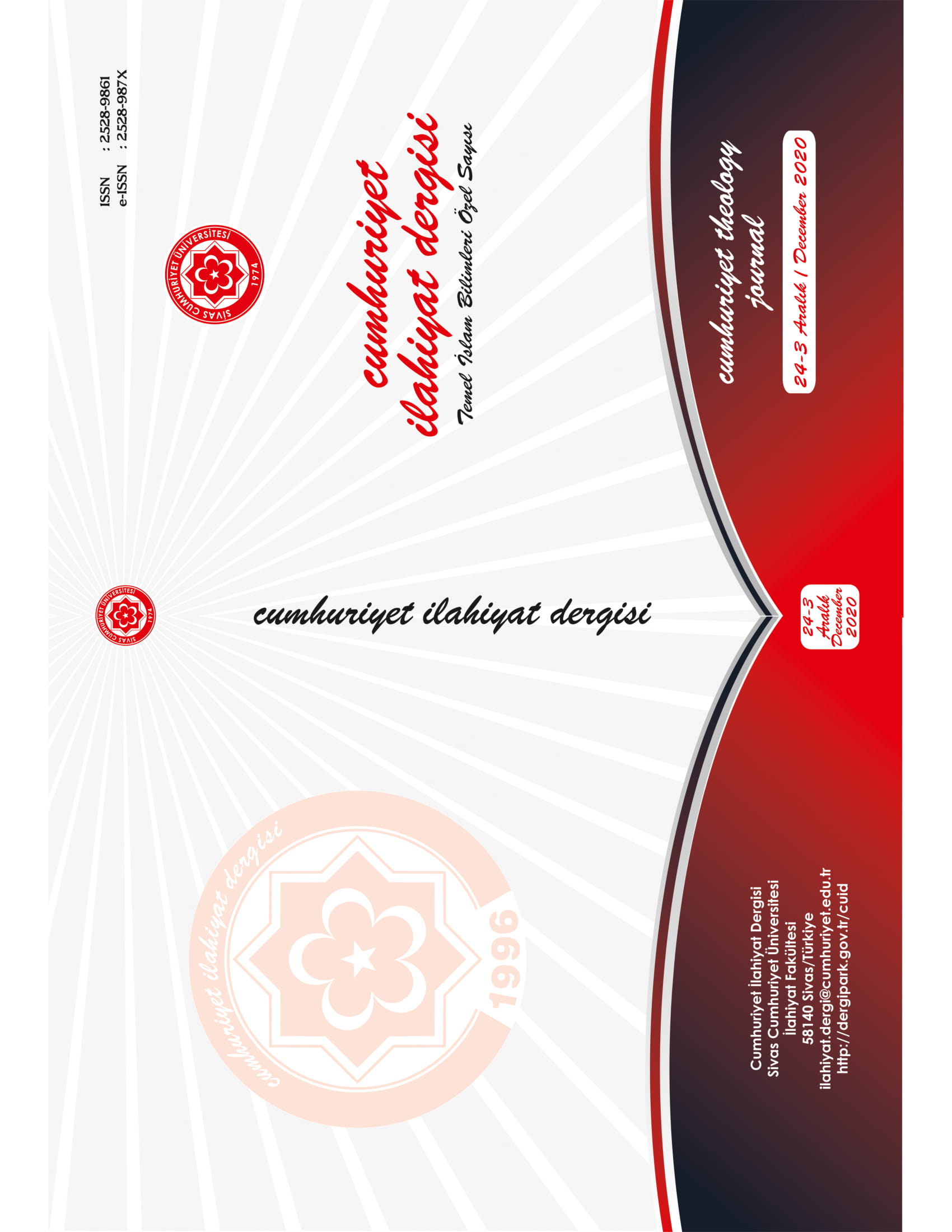İslam Hukuku Açısından Yap-İşlet-Devret (YİD) Modeli
The Build-Operate-Transfer (BOT) Model in Terms of Islamic Law
Author(s): Yunus ArazSubject(s): Law, Constitution, Jurisprudence, Islam studies, Sharia Law
Published by: Cumhuriyet Üniversitesi İlahyat Fakültesi
Keywords: Islamic law; Public Interest; Financing; Istiṣnāʿ Contract; Build-Operate-Transfer;
Summary/Abstract: The Build-Operate-Transfer (BOT) model is a financing model used especially in the financing of infrastructure projects in developing countries. It is one of the most common methods used by the countries to provide non-budgetary financing. The fact that becoming popular in the world as of the 20th Century, this model started to be implemented in the Islamic countries created the need for examining the model in terms of Islamic law. No substantive studies have been conducted on this matter in Turkey. In the Arab world, the first significant development in this regard was the 23rd Term meeting of Al Baraka Group organized in Mecca in November 2002. Next, the Islamic Fiqh Community, which operates under the Organization of Islamic Cooperation, organized a meeting about the BOT model in 2009. At this meeting, ten experts from different countries presented papers on the BOT model, and a final declaration was announced at the end of the meeting. After this meeting, some independent studies were carried out on the BOT model. However, it was observed that these efforts did not reach a sufficient level, and generally remained within the framework of the papers presented at the meeting. The BOT model is a model that takes place in the form of the transfer of the facility to the relevant public institution or organization free of charge at the end of the period after the depreciation and profit of the invested capital are realized. All expenses are covered by the private enterprise. The public service or activity is operated for a certain period of time by the private enterprise. It was observed that the studies on the BOT model in Turkey mainly dated back to the last quarter of the Twentieth Century. In this context, the Law No. 3996 about the BOT model was enacted on 08 June 1994 in Turkey. Today, the BOT model is actively used in many areas, and the delivery of the service begins after the projects are completed. The BOT model has three main successive stages. In the first stage, the project is completed with the financing of OGS. In the second stage, the operating right of this project would be awarded to the investor in accordance with the contract. In the third stage, the ownership of the facility would be transferred to the relevant public institution. The BOT model was discussed in terms of Islamic law, firstly in general and then in terms of the interests and convictions. The BOT model contains many interests in terms of both the state and the society. In addition, it has certain disadvantages. There are many reasons and aims in selecting the BOT model. The most important of these reasons is the continuation of the projects and the required work without imposing a burden on the public budget. Islamic law has a structure that prioritizes public interest. In this context, the state must observe the public interest in its operations. In the BOT model, the existence of public interest is particularly notable with the projects implemented in the fields of hospitals, roads, bridges, airports and etc. Islamic jurists have different opinions regarding the contracts administered in the BOT model. Some of them consider this model as a new contract that does not exist in the tradition, while others compare it to a traditional contract. The analogies of the traditional contract have been compared to leasing, payment, foundation, fief, corporate (with partnership) and exception contracts. Others, on the other hand, considered the BOT model as an atramentous contract combining several different contracts. It seems difficult to argue that the BOT model is completely similar to any of the classical fiqh contracts. However, as a result of the BOT model, it is considered an agreement with a company to conclude a contract; therefore there is a more prominent similarity to an exception contract. Nonetheless, it is not possible to say that the BOT model fully complies with the traditional exception contract. As a matter of fact, while there is no time determination in the exception contract, the time is determined in the BOT model. In the exception contract, while the material must be completely covered by the private sector, in the BOT model, issues such as the right to land and building construction are covered by the employer. In addition, the classical exception contract does not contain many contracts as in the BOT model; and it is an agreement in which the fee is presented and terminated after the order is placed. Nonetheless, the BOT contract includes three basic contracts (construction-operation-transfer) as well as many contracts related to these contracts. Finally, considering that the BOT model was a contract, the issues in the context of the basic elements that should be included in a contract were discussed in this study. In addition, situations such as ignorance, gharar and interest in terms of affecting the validity of the contract were discussed and dealt with in terms of the BOT contract.
Journal: Cumhuriyet İlahiyat Dergisi
- Issue Year: 24/2020
- Issue No: 3
- Page Range: 1177-1198
- Page Count: 22
- Language: Turkish

